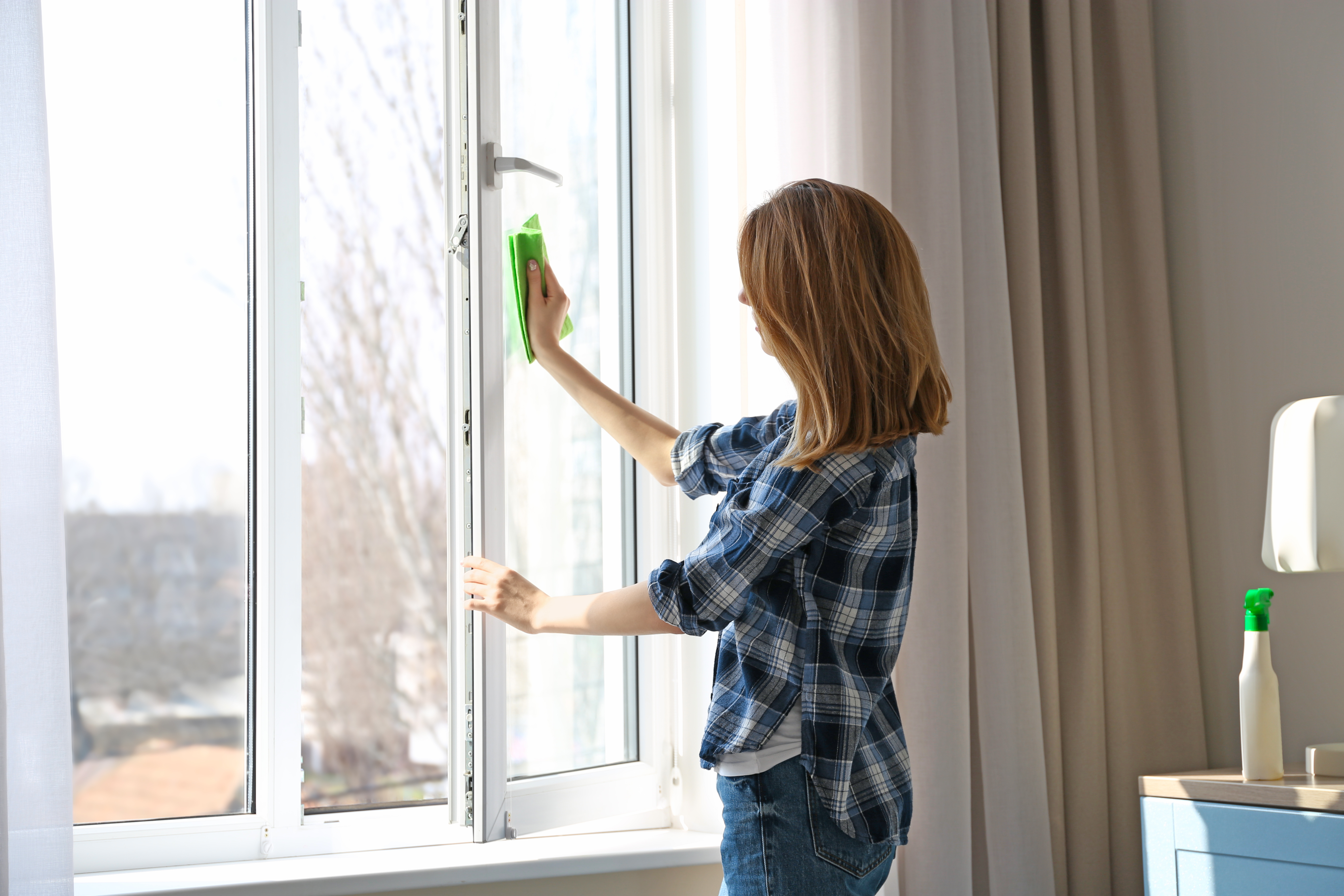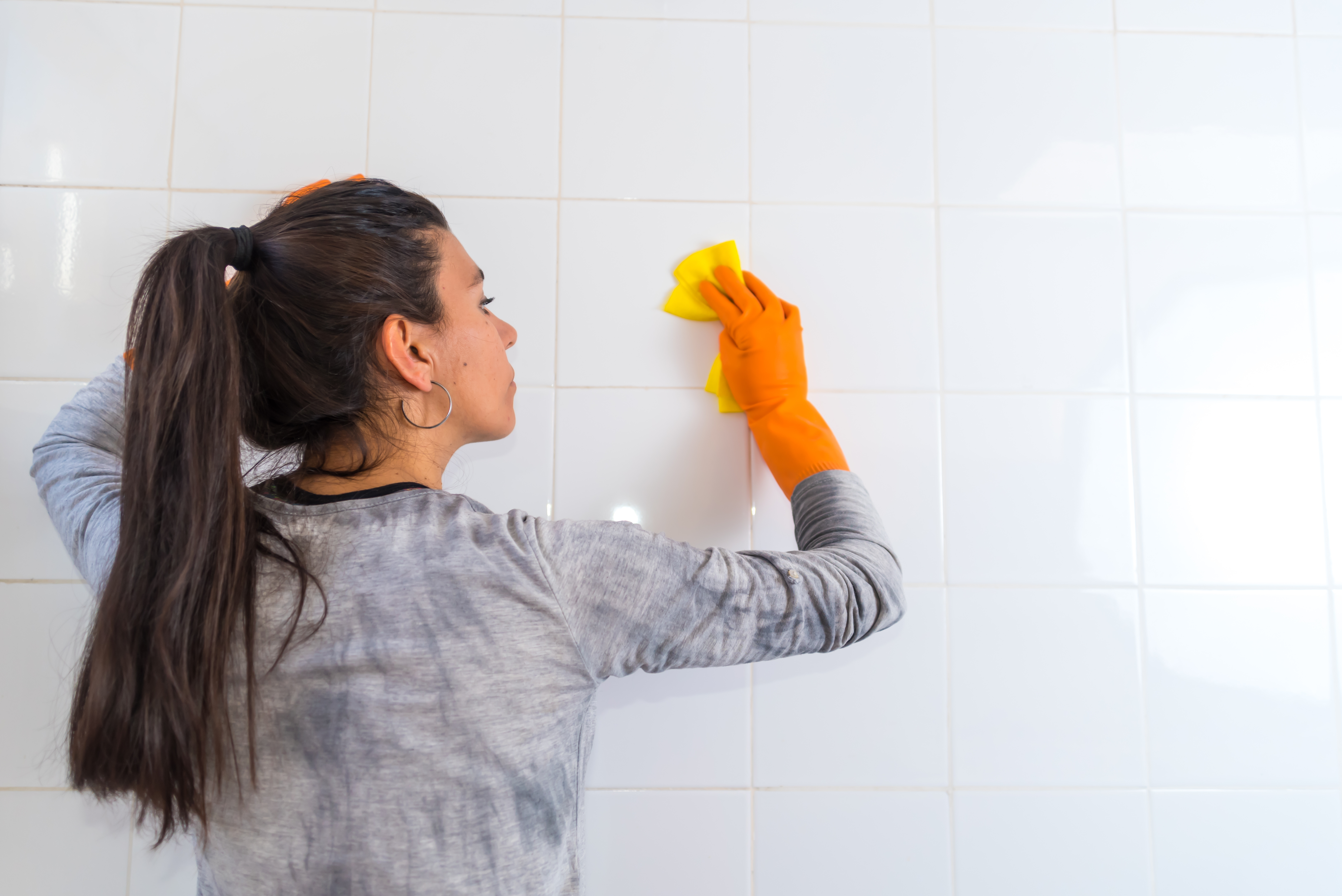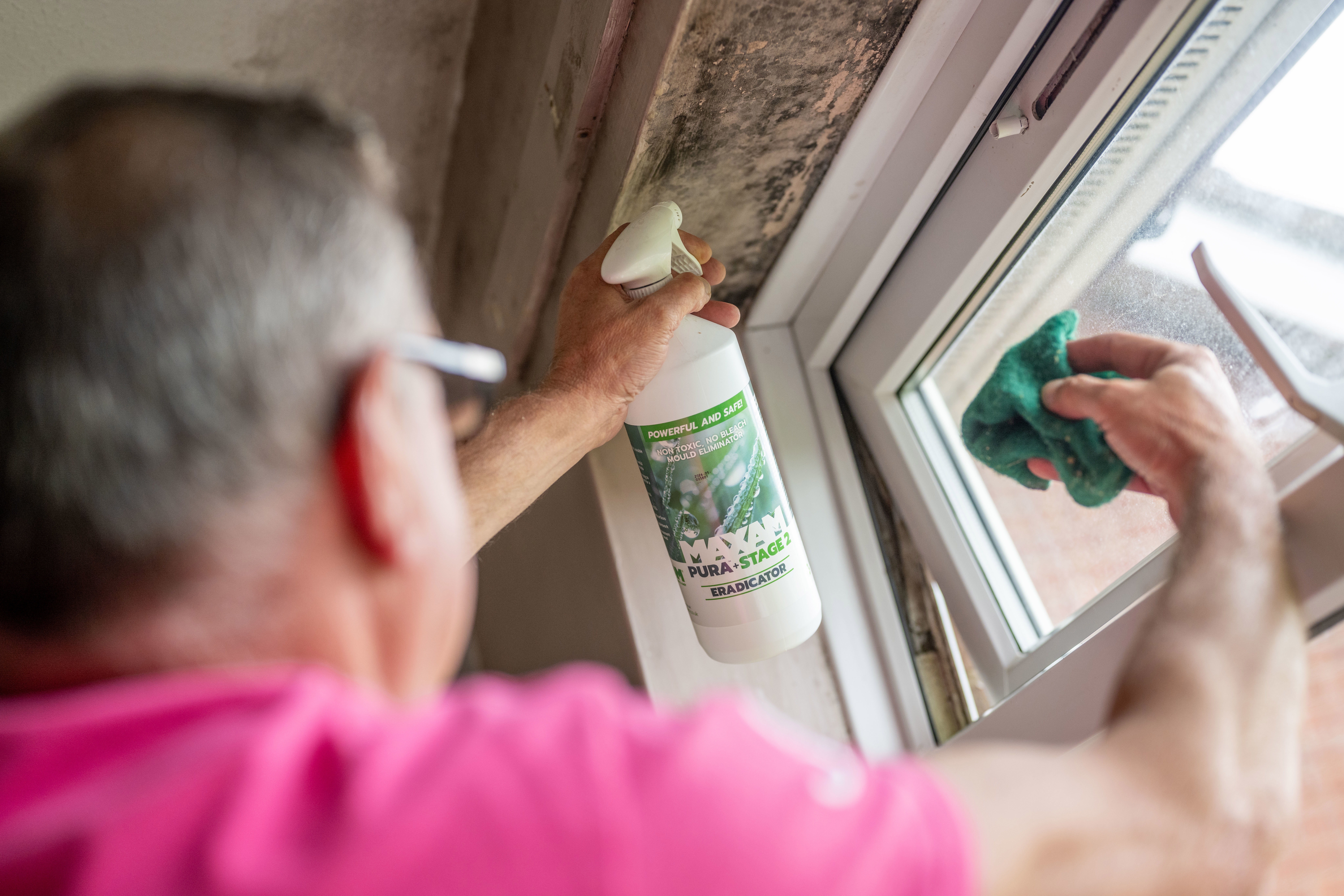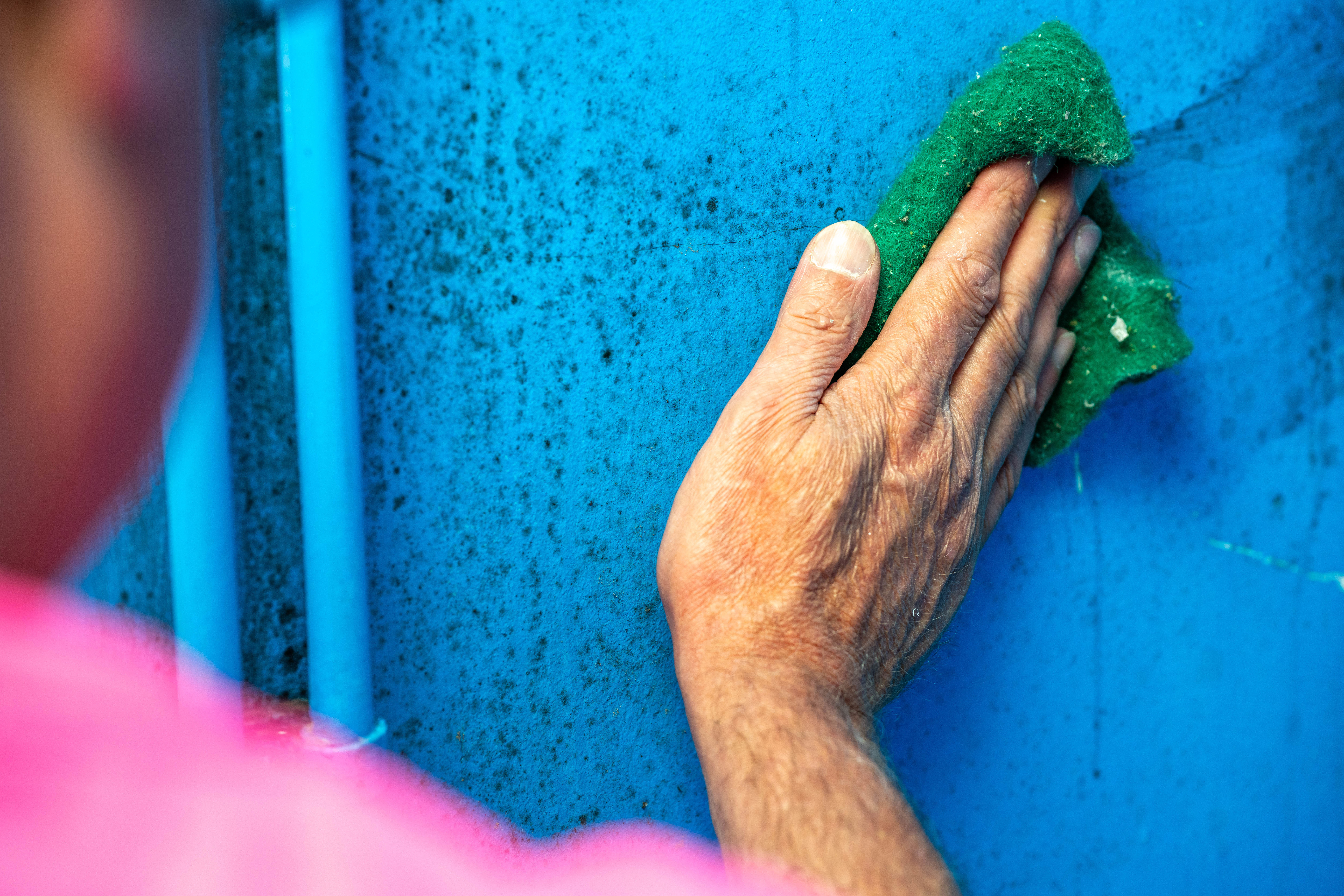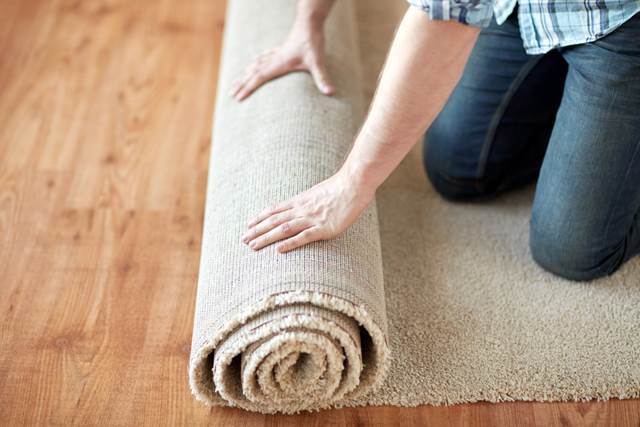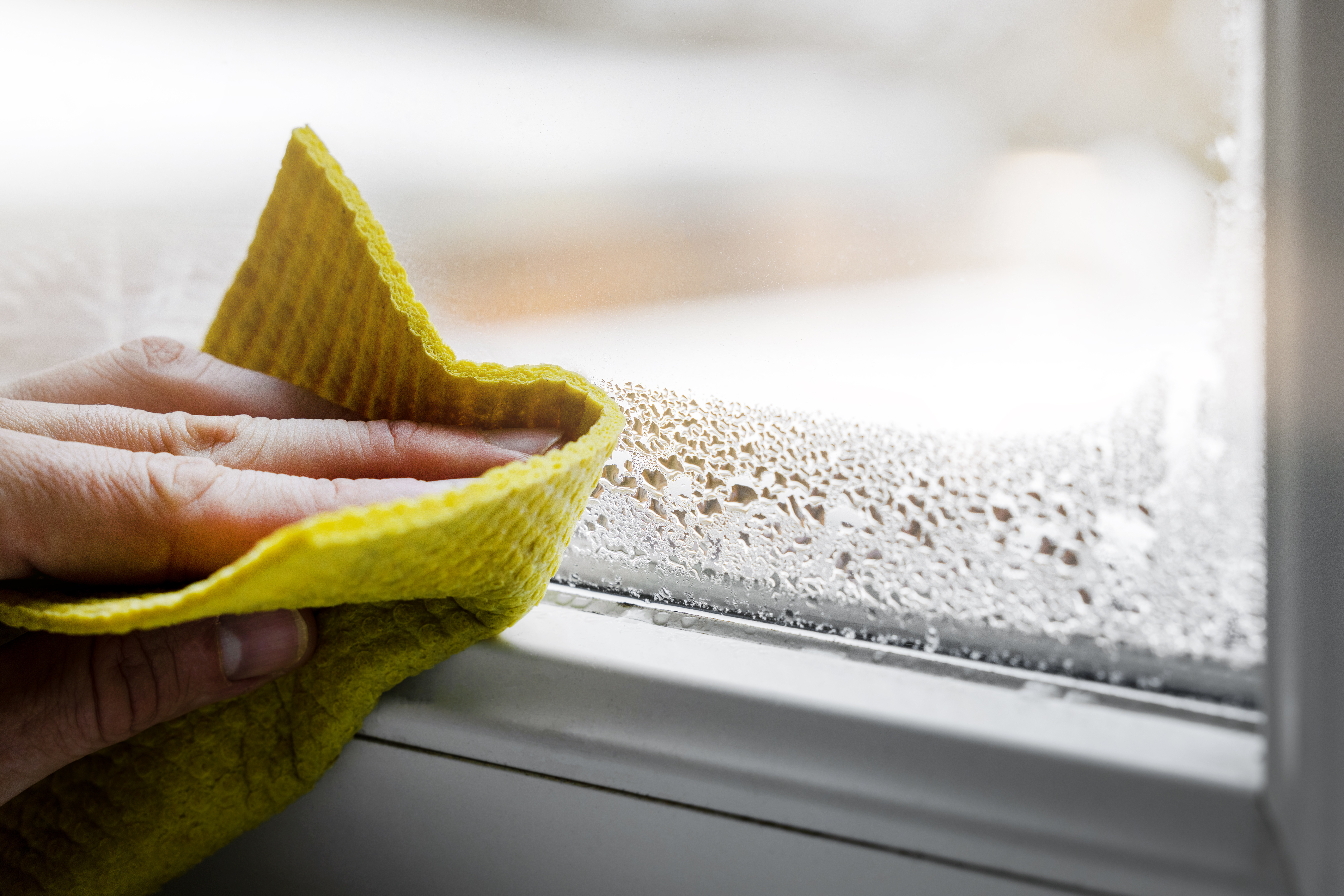Damp and mould
You don't need to live with damp and mould
It’s not uncommon for any home to have small areas of damp, especially in the colder months. Most of the time, this is down to an increase in condensation – moisture can build up in the air around your windows as the weather gets chilly.
If left untreated, damp and mould can cause health problems, damage to your belongings, and harm your home. That’s why it’s important to keep on top of it, and with your help, we can prevent and manage damp and mould before it becomes a bigger problem.
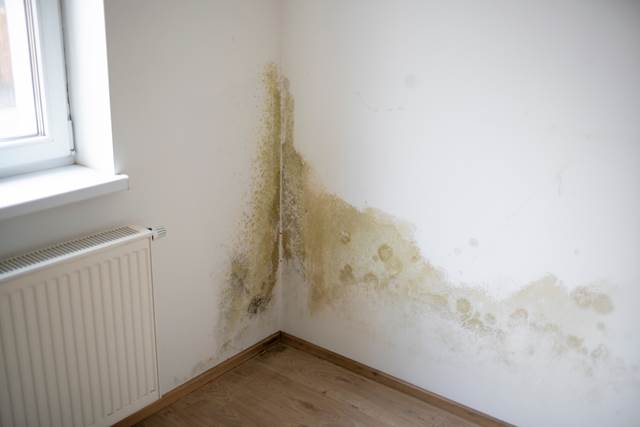
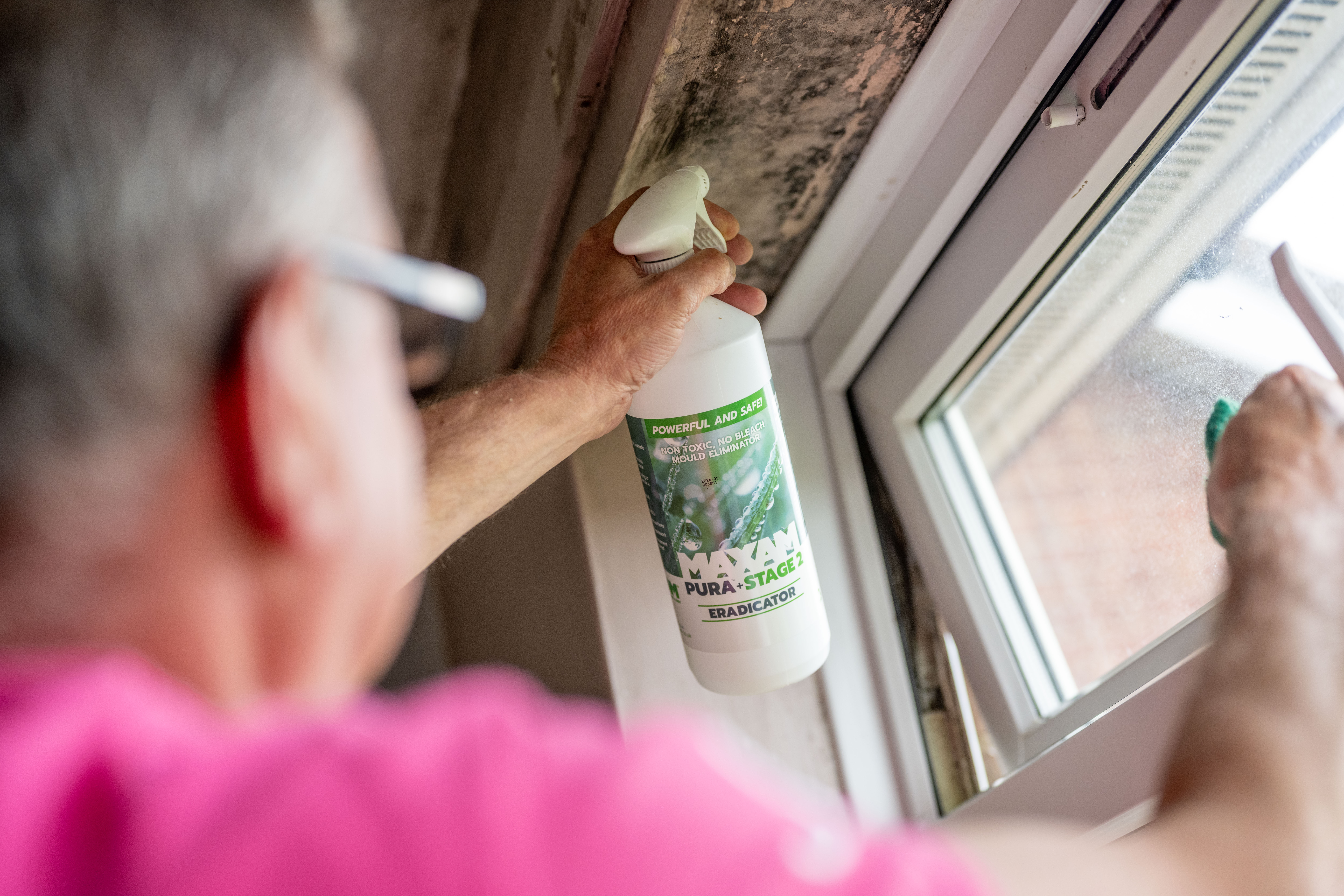
Why is prevention important?
Even with regular cleaning, damp and mould can come back if the root cause isn’t addressed. Moisture builds up in the air from daily activities like cooking, bathing, and drying clothes. If it has nowhere to go, it condenses on cold surfaces, creating the perfect environment for mould to grow.
As your landlord, we’re responsible for fixing issues like leaks, poor ventilation, and structural damp. But we also need your help with day-to-day actions that reduce excess moisture in your home. This shared effort helps us solve problems more quickly, keep our homes safe, and meet new legal requirements such as Awaab’s Law, coming into force in October.
Simple ways to prevent damp and mould in your home
Keeping on top of damp and mould will make your home a happier and healthier place to be. There are a few simple changes you can make to your everyday routine, but if it starts to get out of control, we can help. Watch our helpful video on this or read the guidance below!
Let fresh air circulate
Making sure clean, fresh air can flow freely around your home is one of the best ways to reduce the likelihood of damp. Open windows regularly, even if it’s just for 10–15 minutes in the morning, especially in kitchens and bathrooms where there is more moisture. Leave bathroom doors closed after using the shower or bath to allow your extractor fan to work more effectively. Wherever possible, place furniture against internal walls or leave a gap between the furniture and external wall to allow air to circulate.
Dry clothes with care
Dry your clothes on an airer, with the windows slightly open, or outside if you can (a bit tricky in the winter, we know!). Whatever you do, please don’t dry them on the radiator, as this is a sure-fire way of generating excess moisture in the air. If you don’t have enough space to dry clothes, let us know – we may be able to help or signpost you to support
Use ventilation systems correctly
Extractor fans in kitchens and bathrooms and window vents are there to help reduce moisture – use them regularly and don’t block them. If you’re unsure how yours works, or if it’s not working properly, report it to us as soon as possible so that we can help.
Maintain a steady temperature
Air can only hold a certain amount of water vapour, and the warmer it is, the more it can hold. If the air is cooled by contact with a cold surface, such as a mirror, window or a wall, the vapour will turn into droplets of condensation. So, by keeping your home between 18 – 21 degrees all the time, you’re less likely to get condensation. If your boiler or heating isn’t working properly, please report it to us as soon as possible.
Reduce everyday moisture
When cooking, try to use lids where possible and don’t allow kettles and pans to boil for any longer than you need, to reduce the amount of water moisture in the air. You should always use an extractor fan and try to open widows when cooking. Keeping kitchen and bathroom doors closed, especially when cooking and showering, will prevent water vapour spreading to other rooms in the house. Wipe down windowsills or cold surfaces where moisture collects.
Could it be a leak?
If you’re keeping on top of ventilation in your home but you’re still finding damp, it could be due to a leak. Start by checking pipes and under sinks to see if there are any obvious leaks. It’s not always easy to tell, but other kinds of damp, such as rain or plumbing leaks will usually leave a tide mark. You should also look outside to see if there are any slates missing from the roof, cracked gutters or rainwater pipes.
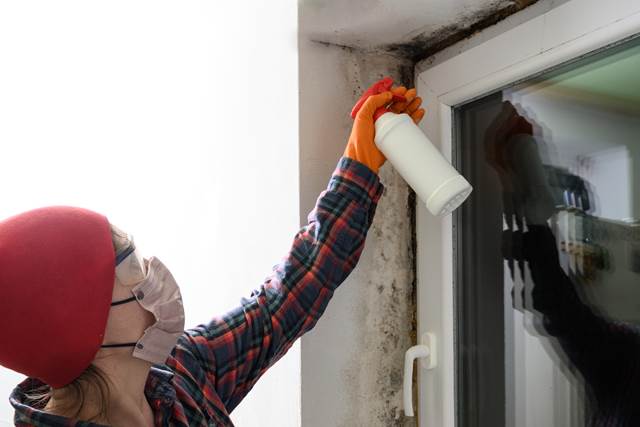
How to get rid of mould
If you spot mould on your walls or ceiling, the first thing to do is to try and remove it yourself. You can buy specialist products from most supermarkets, which you’ll spray onto the mould and wipe off with a cloth. Always follow the manufacturer’s instructions carefully when using these products, as they can contain some very strong chemicals. There are some natural alternatives, like vinegar or baking soda mixes, but we can’t recommend them as they’re homemade.
Tell us if you're struggling
Please get in touch with us if you're unable to take care of damp or mould yourself due to any physical limitations or disabilities.
Usually, we can identify damp and mould when we visit your home, but there may be times where we haven’t been over in a while. If this is the case, please don’t wait to let us know. If you think your damp or mould issue could be resolved through a repair (for example, faulty pipework or a cracked roof tile), then don't hesitate to report a repair.
You can do this online or by calling us on 0808 168 4555.
Looking after your health
While a lot of people won't suffer negative effects from low levels of damp or mould, some people are more sensitive than others, including:
- babies, children and older people
- those with respiratory problems, such as allergies and asthma
- those with a weakened immune system
But if you have serious concerns about your health due to mould, don't hesitate to speak to your GP or another professional healthcare provider.
Our commitment to you
If you're having issues with damp and mould and feel we've not supported you with resolving these, please click here find out how to make a complaint. We're on hand to support you, and will work with you to find a solution.
We know that it matters to you how we respond when you raise a repair, including damp and mould, and we’ll continue to focus on our approach to this. We've carried out a self-assessment based on the Housing Ombudsman's report into damp and mould, and you can read the outcome below.


